#Sembene Ousmane
Explore tagged Tumblr posts
Text

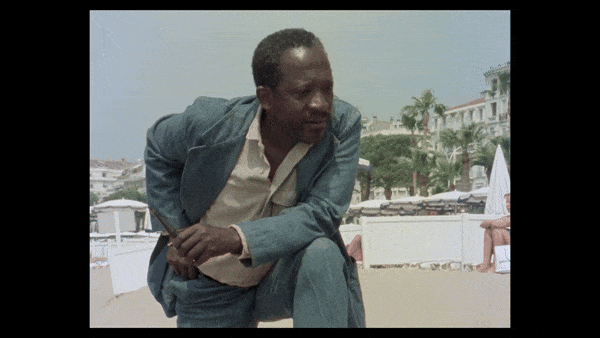
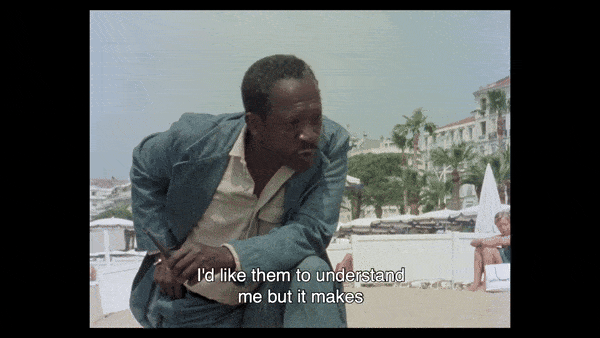
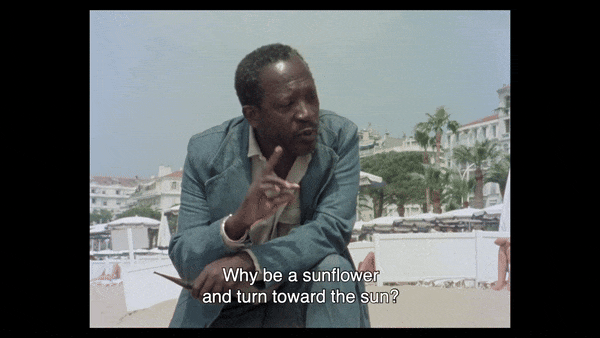
Ousmane Sembène, Caméra d'Afrique (African Cinema: Filming Against All Odds)
#quote#Ousmane Sembène#Ousmane Sembene#Sembène#Sembene#Africa#cinema#film#movies#Europe#colonialism#language#African cinema#Sembene Ousmane#Sembène Ousmane#sun#Senegal#film director
1K notes
·
View notes
Text
FICASE 2023, hol no NƁK e Magoyankooɓe Fulɓe keblonirii ɗum?
He keblungal mawninde duuɓi teemedere ko naɓakayanke Senegaalnaajo o, Usmaan Semmben jibinanoo, jaagorɗo toppitiiɗo Pinal e Ngaluuji daartolyankeeji, Pr Aliw Sow habrii maa Senegaal sos festuwaal keso ngam mawninde naɓayanke Senegaalnaajo lolluɗo o, Semmben Usmaan. Festival International du Cinéma et audiovisuel du Senegal (FICASE) ko innde ngoon yuɓɓo heso wonngo he maheede jogorngo tammbaade…

View On WordPress
0 notes
Text

Xala, Ousmane Sembène (1975)
62 notes
·
View notes
Text





Mandabi Ousmane Sembene. 1968
Post Office Poste Medina, MHG3+QJH, Dakar, Senegal See in map
See in imdb
#ousmane sembene#mandabi#dakar#senegal#post office#fez#movie#cinema#film#location#google maps#street view#1968
19 notes
·
View notes
Text
55 notes
·
View notes
Photo
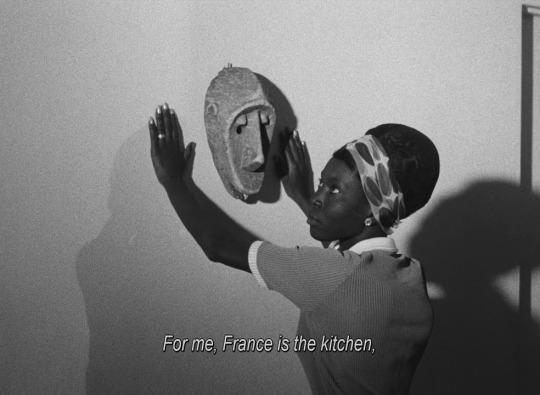
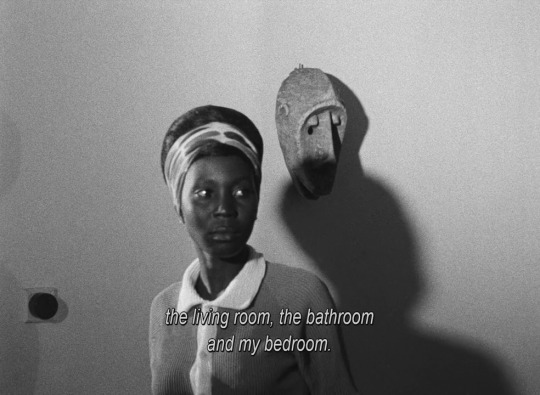
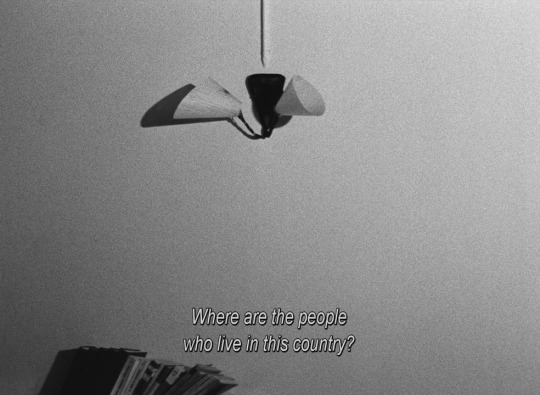

Ousmane Sembene
- La noire de... AKA Black Girl
1966
#ousmane sembene#la noire de...#la noire de#black girl#1966#Senegalese film#senegalese cinema#mbissine thérèse diop#mbissine therese diop#mask
373 notes
·
View notes
Text








CAMP DE THIAROYE (1988) dir OUSMANE SEMBENE, THIERNO FATY SOW
80 notes
·
View notes
Text

Seen in 2023:
Xala (Ousmane Sembene), 1975
53 notes
·
View notes
Text










"French Citizenship? No, thank you. I remain African, and I keep my education."
Camp De Thiaroye, 1988.
Dir. & Writ. Ousmane Sembène & Thierno Faty Sow | DOP Smaïl Lakhdar-Hamina
#camp de thiaroye#ousmane sembene#thierno faty sow#senegalese film#war film#drama#historical drama#1980s#10 frames#thiaroye massacre#colonialism#anti colonialism
5 notes
·
View notes
Text
SEMBÈNE 100 - Original Trailer
youtube
5 notes
·
View notes
Text
I’m full of contradictions. Manthia asks me that all the time, and I don’t know how to answer. I assure you, I have no secrets, but I don’t like to explain anything. OK, I use Marxist dialectics to try to understand the walk of the individual within a community. The dynamics of Marxist economic theory are very important to creating this complexity. Man needs to eat, but did he produce what he’s eating or did someone else? These are questions that arise when I’m writing. There is a proverb in Bambara that says, “If you manage to eat for a whole year without touching your wallet, it’s because you are living in someone else’s pocket.” So when you’re in contact with a man like that, you have to describe his whole mentality as well as the society surrounding him, to understand how he thinks. That’s how I proceed.
Ousmane Sembène, Ousmane Sembene by John Singleton and Reginald Woolery, BOMB Magazine, Spring 1993 issue
#quote#Ousmane Sembène#Sembène#Ousmane Sembene#film#Sembene#Sembene Ousman#Marx#economics#film directory#Senegal#African film#Sembène Ousmane#Bambara#West Africa
92 notes
·
View notes
Text

«⋅ʚ Realismo híbrido: Un vistazo a Borom Sarret ɞ⋅»
➴ Agosto 25, 2024.

₊˚ෆೃ⁀➷ sumario ༉‧₊
💭 Datos técnicos:
Borom Sarret (1963).
20 minutos.
Ficción.
Francés.
🤍 Temáticas: Post colonialismo en los 60's, injusticia social, discriminación.
🐇 Equipo: Ousmane Sembène (director y guionista); Christian Lacoste (director de fotografía).

₊˚ෆೃ⁀➷ bienvenidos a senegal ༉‧₊
💭 Sembène nos sumerge en un viaje visual por la desigualdad y los problemas cotidianos de nuestro protagonista a través de angulaciones particulares y una fotografía que balancea el peso intrínseco de la imagen con el de la intencionalidad de su guión.
💭¿Y quién mejor para llevarnos en este viaje por que Abdoulaye y su caballo? Las calles de Senegal cuentan historias más allá de su presente y los diálogos aunque breves, son concisos en su mensaje:

💭 Hay un énfasis en las consecuencias y el peso del pasado sobre el presente, su disfraz de aparente libertad. La cárcel de la idea de vida moderna, ¡Que afortunados los pájaros en sus jaulas y nuestro protagonista! Al menos ellos reconocen los límites de sus prisiones, a diferencia de nosotros.
💭Quienes nos oprimen no se han ido, sugiere la obra, tan solo han disfrazado su adoctrinamiento, la balanza no está en un 50/50 y esto es representado por una separación tonal de los elementos en primer término y sus contrapartes secundarias.

💭Y pese a que se podrían dar mil vueltas sobre las implicaciones socio-políticas de la Senegal de los 60's, considero más ameno enfocarme en el performance de su intención fotográfica por parte del ojo creativo de Lacoste y la composición narrativa de Sembène.
💭 Borom Sarret es como el conductor y su función es llevarnos a nuestro destino, el emisor de un mensaje que se comprende indiferente a la nacionalidad, ¿es eso lo único que hace destacar al film? Lo pongo en duda, pero veamos qué más hay.

₊˚ෆೃ⁀➷ sus herramientas claves ༉‧₊
💭Realismo y autenticidad: intencionadamente se eligieron actores no profesionales, muchos de los cuales eran auténticos carreteros. También, las interpretaciones crudas y sin pulir de la película dan autenticidad a las luchas de la clase baja trabajadora del país.
💭Storytelling visual: Su fotografía en blanco y negro enmarca los contrastes en un espectro de zonas que permiten observar los detalles que componen a la imagen. Las calles abarrotadas y los bulliciosos mercados sumergen al espectador en el escenario sin hacerse abrumadoras.
💭Simbolismos y metáforas: La carreta y el caballo son un retrato vivo del trabajo cotidiano de las comunidades socialmente marginadas, un ciclo sin fin donde tan solo observamos y no somos parte de ese grupo reducido y privilegiado de los edificios blancos e impolutos
💭Minimalismo: Escapa del melodrama y el sensacionalismo heróico de Hollywood, dejando que el espectador sacar sus propias conclusiones a partir de luchas cotidianas.

🤍 Y bueno, quizás será mejor ver para creer. Les dejo la obra completa en buena calidad y subtítulos, para que le echen un ojito.
youtube
🐇 Nos leemos pronto, au revoir!
Saint.

#studyblr#study blog#studyinspo#study motivation#monthly reset#reset#academia#aesthetic#books & libraries#studyspo#light academia#dark aesthetic#chaotic moodboard#film major#Ly Abdoulay#Ousmane Sembene#Borom Sarret#The Wagoner#1963#cinephile#cinestill#peliculas#estudiando
2 notes
·
View notes
Text
youtube
Sembene! - Official Trailer
Kino Lorber
In 1952, Ousmane Sembene, a dockworker and fifth-grade dropout from Senegal, began dreaming an impossible dream: to become the storyteller for a new Africa. SEMBENE! tells the unbelievable true story of the father of African cinema, the self- taught novelist and filmmaker who fought, against enormous odds, a 50-year battle to return African stories to Africans. SEMBENE! is told through the experiences of the man who knew him best, colleague and biographer Samba Gadjigo, using rare archival footage and more than 100 hours of exclusive materials. A true-life epic, SEMBENE! follows an ordinary man who transforms himself into a fearless spokesperson for the marginalized, becoming a hero to millions. After a startling fall from grace, can Sembene reinvent himself once more?
A young person followed my blog, scrolling through their blog I saw a photo of Ousmane Sembène. It made me happy to know that a young person carries his memory. Here are a few links to persue more:
Ousmane Sembène at 100: a tribute to Senegal’s ‘father of African cinema’
OUSMANE SEMBÈNE, CINEMATIC REVOLUTIONARY
48 SEARCH RESULTS FOR: OUSMANE SEMBÈNE
4 notes
·
View notes
Text



Moolaadé, 2003
9 notes
·
View notes
Text

Ousmane Sembène, Black Girl
2 notes
·
View notes
